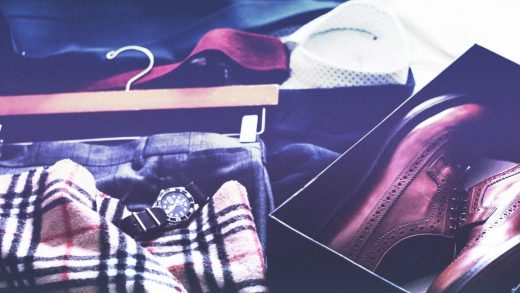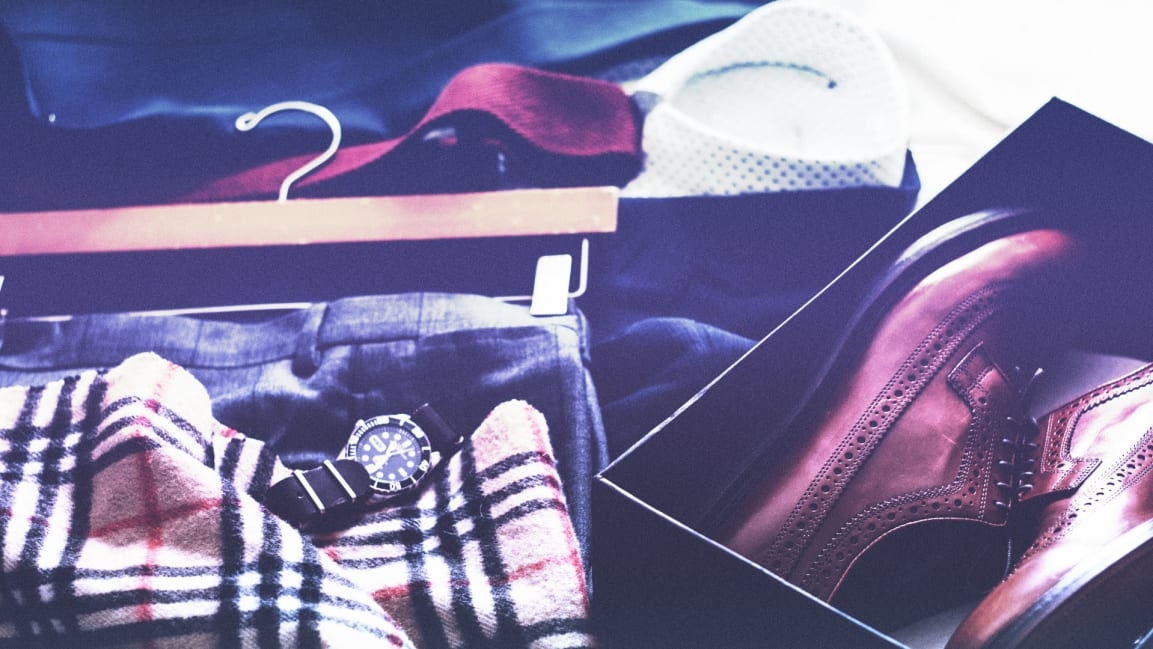What does business casual even mean in 2019?
Casual dress at the office used to be reserved for Friday. Today, however, employees are more laid-back in their attitudes and apparel. A survey by Randstad US found that casual dress appears to be the new norm in most workplaces. In fact, 33% of employees would quit their jobs or turn down an offer at a company that required a formal, conservative dress code.
Business casual is what employees want . . . but what exactly does that mean?
“Business casual first came about as a no-cost perk that companies could offer their employees,” says Lorynn Divita, Ph.D., author of Fashion Forecasting and associate professor of apparel merchandising at Baylor University. “As it caught on among employers, clothing companies like Levi’s with its Dockers brand of khakis helped define the parameters of the original look of a chambray or polo shirt paired with a pair of khakis.” But that standard isn’t quite so defined today.
“The fact that no one knows what business casual is means every industry has its own work wear rules,” says Stayce Wagner, career etiquette consultant with Spencer Crane Etiquette and author of Modern Business Etiquette for Young & Fabulous Professionals.
What’s considered acceptable varies greatly by industry, says Divita. “Right now, the tech industry’s ‘midtown uniform,’ which consists of a button-down shirt, slacks, and a fleece vest (usually with a corporate logo embroidered on it) is so ubiquitous in the tech and finance sectors that it has become codified,” she says. “But it would never fly in a creative industry like fashion.”
Dressing appropriately is up for interpretation, adds Tracy Coté, chief people officer at Genesys, a contact center solution provider. “A condition of employment becomes who the company wants you to be, rather than who you already are,” she says. “This preference varies per company.”
Follow the leader
Instead of trying to figure out a look that’s appropriate for your workplace, pay attention to what coworkers and leaders are wearing, suggests Wagner. “Look to your boss and others for guidance on what success looks like,” she says. “It’s the age-old advice: ‘Dress for the job you want, not the one you have.’”
Divita agrees: “Observe what the leaders in your industry are doing, and use their dress as a springboard.”
Err on the side of formality
Wagner recommends creating a business casual look by taking your interview suit and separating it. “Pair the suit jacket with casual pants or a casual skirt,” she suggests. “And wear the bottom with a casual top. This will help you create a look that works until you figure out the subtlety of the environment and can put together a look that is professional and shows you belong in the environment. You can do the job and you also need to look the part.”
Business casual will likely evolve, but it’s best to not be the one to test the waters especially with athleisure, says Divita. “Consumers want the same ease and comfort they get from their workout apparel, but new fashions always undergo what is known as a time lag before they obtain mainstream acceptance,” she says. “Because of this, some items that may have formerly been considered too casual for the workplace, like jeans, are now seen as perfectly appropriate, while a pair of yoga pants is still too casual. But give it time—we may get there yet.”
Most of us have two goals when choosing our clothing: to stand out while still fitting in with our peer group, says Divita. “Workers who don’t want to be a carbon copy of their colleagues but don’t want to raise eyebrows can do this by looking for variations on what is acceptable,” she says. “[Opt for] clothing in different colors or patterns or with unique details from smaller brands that will make people do a double take, but not have them wondering what you were thinking when you got dressed in the morning.”
(16)



